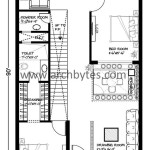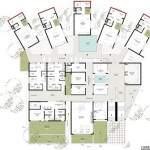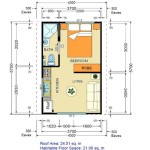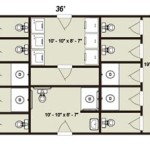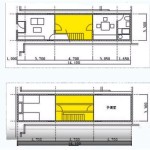Essential Aspects of Sip Panel House Plans
Structurally insulated panels (SIPs) are a popular building material for homes due to their energy efficiency, durability, and ease of construction. When designing a SIP panel house plan, there are several important aspects to consider to ensure a successful project.
Panel Design
SIP panels consist of two layers of oriented strand board (OSB) with a core of expanded polystyrene (EPS) foam insulation. The thickness of the panels and the density of the EPS foam will determine the insulating value and structural integrity of the house. Choose panels that meet the specific climate and building code requirements for your location.
Joint Details
The joints between SIP panels are critical to the structural stability and airtightness of the building. Common joint details include tongue-and-groove, stepped, and Z-joint systems. Choose a joint detail that provides a tight seal and allows for proper load transfer.
Foundation Design
SIP panel homes can be built on a variety of foundation types, including concrete slabs, crawl spaces, and basements. The foundation must be designed to support the weight of the SIP panels and the loads imposed on the house. Consult with a structural engineer to determine the appropriate foundation type for your project.
Framing Considerations
While SIP panels provide structural support, additional framing may be required for certain areas of the house, such as roof trusses, floor joists, and window and door openings. The framing system must be designed to integrate seamlessly with the SIP panels and ensure proper load distribution.
Roofing and Siding
SIP panel homes can accommodate a variety of roofing and siding materials, including asphalt shingles, metal roofing, and wood siding. The type of roofing and siding chosen should complement the overall design and provide adequate weather protection.
Energy Efficiency
One of the primary benefits of SIP panel homes is their exceptional energy efficiency. The combination of high-performance insulation and airtight construction significantly reduces heat loss and gain, resulting in lower energy consumption and reduced utility costs. Consider additional energy-efficient features such as solar panels, geothermal heating, and energy-efficient appliances to further enhance home performance.
Customization and Design Flexibility
SIP panels offer a high degree of design flexibility, allowing for the creation of unique and customized homes. Architects and designers can incorporate various rooflines, floor plans, and architectural elements to accommodate personal preferences and site conditions.
When considering SIP panel house plans, it's essential to work with an experienced designer and builder who is well-versed in SIP construction techniques. By carefully considering the aspects outlined above, you can create a durable, energy-efficient, and aesthetically pleasing home that meets your specific needs and aspirations.

How To Design With Sips Duratherm Building Systems

Sips House Self Build Panel Kits Best Garden Rooms Plans

Design Basics Insulspan Alliance Member

Building With Sips Houseplans Blog Com

Can I Build Affordable Housing With Sips

Energy Efficient Buildings In Graettinger Ia Panel Structures Inc

Sips Panel Kit Garden 47 Form 6 776 Vat House Panels Sip Plans

Structural Insulated Panels

Floor Plan Structural Insulated Panels Montana Builder Ccsbuilders Com How To Plans

Sip Custom Home Packages Energy Efficient House Plans

